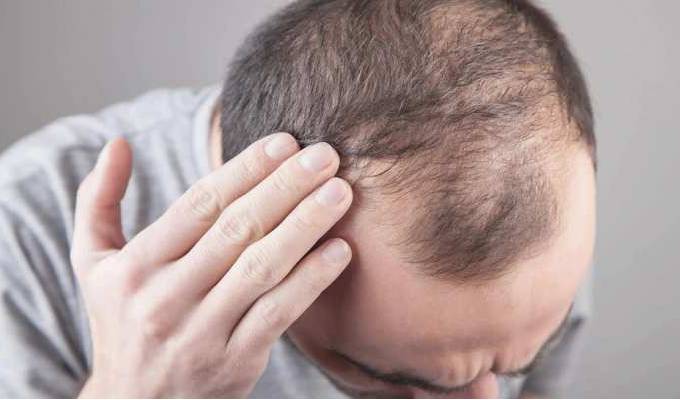
Hair transplant treatment has become an increasing trend day by day, as many people at a young age are insecure because of hair loss & are looking older than their age.
Due to the stressful environment and unhealthy diet in this hard & fast life, these hair loss issues are increasing day by day.


MidasTouch provides 2 hair transplant treatments in Ahmedabad.
1. Follicular-unit-transplantation or 'FUT'
Follicular Unit Transplantation or ‘FUT’ is the one where a strip of skin from the back of the scalp is removed and then further divided into smaller follicular units which are then planted on the bald patches of the scalp. The back of the scalp is then sutured by the surgeon.
2. Follicular-unit-extraction or 'FUE'


The hair fall does not mean that the hair transplant has failed. The follicles themselves are still healthy and will produce new hair when they enter the active growth (anagen) phase. Besides, the original non-transplanted hair can also shed from the recipient area.